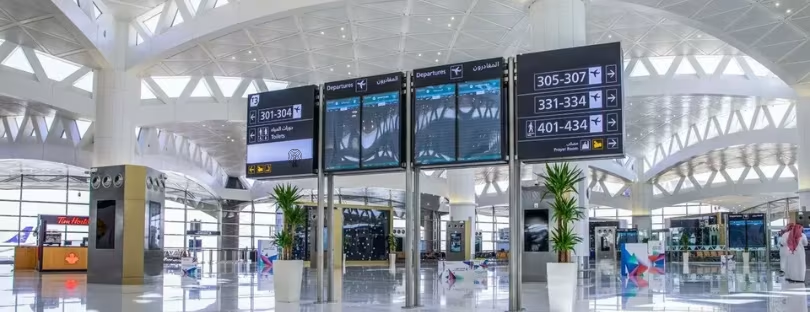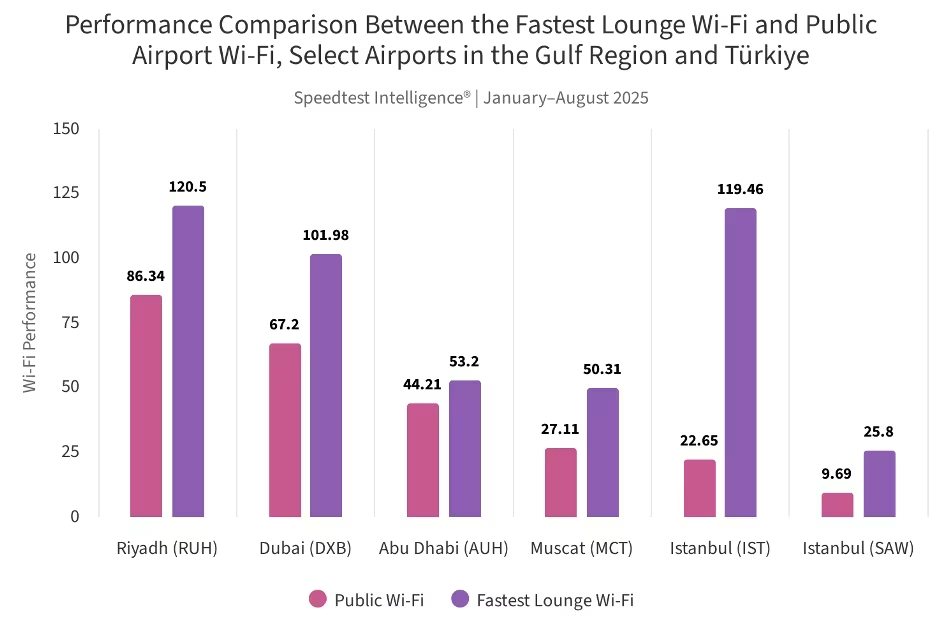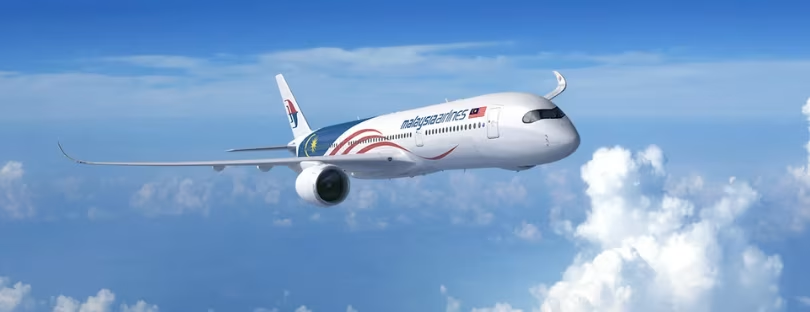
Airport Wi-Fi Report 2025: Riyadh Leads, Istanbul Lags Behind
If you’re the kind of traveler who measures a good airport by its Wi-Fi speed, you might want to rethink where you open your laptop next. According to Ookla’s latest Speedtest Intelligence report (January–August 2025), airport Wi-Fi performance across the Middle East and Türkiye is anything but consistent.
Riyadh’s King Khalid International Airport (RUH) came out on top with the region’s fastest download speeds at 86.34 Mbps — comfortably ahead of its Gulf peers. Meanwhile, Dubai (DXB) and Doha (DOH) stood out for their exceptionally high upload speeds of 101.86 Mbps and 96.45 Mbps, respectively — the only two airports where uploads actually beat downloads.
At the other end of the spectrum, Istanbul Airport (IST) and Sabiha Gökçen (SAW) performed poorly, with SAW delivering a meager 9.69 Mbps download and 9.52 Mbps upload — barely enough for smooth streaming or work calls. Abu Dhabi (AUH) and Kuwait (KWI) sat in the middle, while Sharjah (SHJ) and Muscat (MCT) lagged with sub-30 Mbps speeds.
The takeaway? The Middle East’s world-class terminals still face uneven connectivity — a gap increasingly hard to justify as travelers expect always-on access for everything from mobile boarding passes to remote meetings.
 Lounges: Often Faster, But Not Always “First Class”
Lounges: Often Faster, But Not Always “First Class”
Ookla’s analysis also compared airport lounges vs. public Wi-Fi, and the results show a clear pattern: lounge Wi-Fi is usually faster — sometimes dramatically so.
At Istanbul Airport, the YOTEL lounge clocked a remarkable 119.46 Mbps, more than five times faster than the terminal’s public network (22.65 Mbps). Riyadh’s Al Fursan Lounge (120.5 Mbps) and Dubai’s Marhaba Lounge (101.98 Mbps) also offered speeds that feel truly “premium.”
But not all lounges lived up to the name. Abu Dhabi’s Pearl Lounge offered only a slight bump over the airport’s main Wi-Fi, while SAW’s lounge trailed far behind at 25.8 Mbps — ironic for a space meant to be a productivity haven.
As lounges become the default workspace for frequent flyers and business travelers, connectivity is no longer a “nice-to-have.” It’s the make-or-break factor for digital comfort.
Same Airport, Different Story
Even within the same airport, Wi-Fi quality can swing wildly depending on which lounge you choose. In Riyadh, the Al Fursan Lounge dominates at 120 Mbps, but nearby lounges like Plaza Premium and HAYYAK struggle to pass 22 Mbps.
In Istanbul, YOTEL lounges are the clear winners, clocking more than double the speeds of the iGA Lounge (48.32 Mbps). Over in Dubai, Marhaba Lounge again leads the pack at 101.98 Mbps, while Emirates lounges hover around 60 Mbps and the Dubai International Hotel Lounge drags at 29.16 Mbps.
Meanwhile, airports like Abu Dhabi (AUH) and Muscat (MCT) offer more balanced but unremarkable speeds — generally between 40 and 55 Mbps.
For travelers, this means lounge choice matters more than ever. Wi-Fi speed could be the difference between finishing a project or buffering during a video call.
The Bigger Picture: Why Airport Wi-Fi Still Lags
The uneven connectivity across Middle Eastern and Turkish airports mirrors a global pattern — airports investing billions in architecture and passenger experience, but lagging in digital infrastructure.
While hubs like Singapore Changi, Seoul Incheon, and Tokyo Haneda consistently deliver speeds above 150 Mbps, most Middle Eastern terminals — despite their luxury image — still sit below that mark.
Experts point to fragmented infrastructure, third-party Wi-Fi contracts, and overloaded public networks as the culprits. In an era where passengers expect seamless, secure, and fast internet access, inconsistent Wi-Fi undermines both customer satisfaction and brand reputation.
According to SITA’s 2024 Air Transport IT Insights, over 80% of airports plan to boost digital investment, with Wi-Fi upgrades, IoT integration, and 5G backbones among top priorities. The challenge lies in execution — ensuring connectivity scales with traffic growth and digital demand.
Conclusion: Connectivity Is the New Comfort
The data is clear — airports like Riyadh, Dubai, and Doha are ahead of the curve, but too many others are still playing catch-up. As digital nomadism and “work from anywhere” travel reshape passenger behavior, fast and reliable Wi-Fi has become as essential as clean restrooms or security efficiency.
Airports that fail to deliver consistent, high-speed connections risk losing ground to competitors offering a smoother digital experience. The next phase of airport evolution won’t be just about terminals, art installations, or luxury lounges — it will be about network reliability.
For now, if your flight connects through Riyadh, Dubai, or Doha, your video call’s safe. But if you’re stopping in Istanbul or Sharjah, maybe preload your Netflix playlist — just in case.





 Lounges: Often Faster, But Not Always “First Class”
Lounges: Often Faster, But Not Always “First Class”





